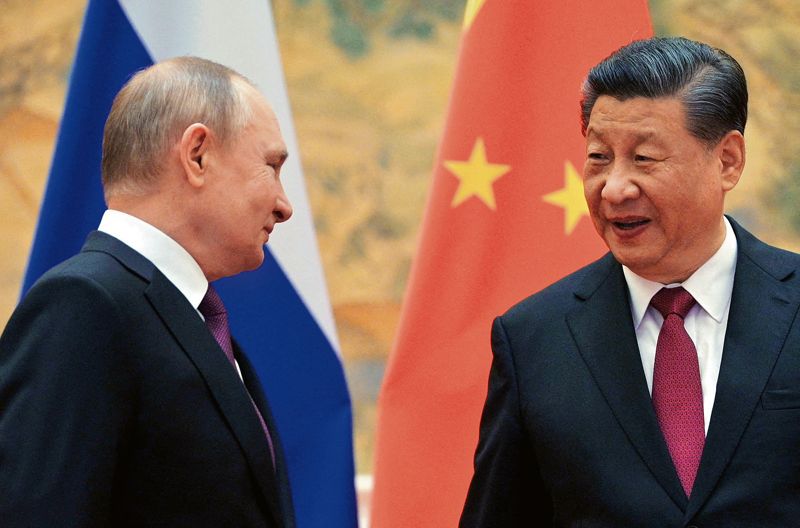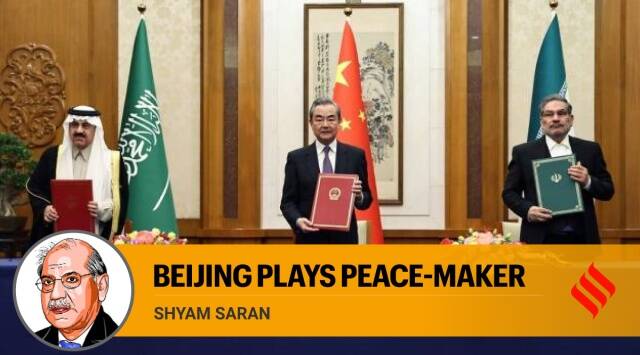Regional Voices on the 2022 China Military Power Report
NBR
In November 2022 the U.S. Department of Defense released its annual report Military and Security Developments Involving the People’s Republic of China. The report, commonly known as the China Military Power Report, assesses the current trajectory of the PRC’s military and security strategy. Since the report’s release, China has continued to modernize its military capabilities and publicly surveil foreign competitors, presenting a clear risk to the United States and its allies and partners.
APLN member Rajeswari Pillai Rajagopalan commented on China’s rising military power. Read the original report here.
China’s growing military power has been a source of increasing concern in the Indo-Pacific and beyond. The U.S. Department of Defense’s latest China Military Power Report highlights several developments that are consequential for India as an immediate neighbor.
At the strategic level, the report cites China’s perceptions of the current international order as incompatible with China’s own vision of a new world order, premised on Xi’s “community of common destiny.” While Beijing argues that the emerging multipolar world order is consistent with its perceptions of global power trends, it continues to view U.S. power as hampering the realization of its goals.
This outlook has implications for India’s foreign and strategic policies. A stronger India-U.S. partnership is not one that aids China’s goals. China is likely to view this growing closeness as a problem, while remaining a primary driver behind this development. Similarly, China is unhappy with the many U.S.-led minilaterals in the region. India’s active participation in several of these groups puts it at odds with Beijing, which New Delhi must worry about.
The simple truth revealed by the China Military Power Report is that China is set on a course to seek hegemony in the Indo-Pacific, which India will oppose. Indian leaders have repeatedly said that they want a multipolar Asia just as they want a multipolar world. On the surface, this might seem different from the U.S. conception, but in practice it means opposition to China’s hegemony over Asia. Although China opposes U.S. hegemony, India and others suspect that Beijing’s support for multipolarity is a cover for replacing U.S. power with Chinese hegemony.
A second notable aspect of the report is China’s continually growing defense expenditures. China announced a 6.8% hike in its defense spending in 2021 to reach a total declared budget of $209 billion. This increase follows consistently high spending for more than twenty years, making China one of the world’s top military powers. At the same time, China’s strong economy has so far helped Beijing avoid some of the pitfalls that the Soviet Union faced in the 1980s because of its high defense spending. But as China’s growth rate declines, the country will face some difficulties if it continues high defense spending. Even with lower defense spending, however, China will still be a formidable power relative to India and other Indo-Pacific countries. A more concerning aspect of China’s military spending is its lack of transparency, which adds to the worries in the region. Given the ongoing Sino-Indian border disputes, increased Chinese defense spending will most directly affect India’s security along its land border. Yet, over time, China’s defense spending will also make its presence felt in the seas around India.
A third consequential aspect of China’s growing military power that is highlighted in the China Military Power Report is Beijing’s sudden and unexplained expansion of its nuclear weapons program. The quantitative and qualitative shifts in China’s nuclear capabilities have consequences for both India and the Indo-Pacific region. Though India has so far not reacted to the new trend in China’s nuclear weapons program, it is bound to react at some point. This response is likely to be manifest not so much in quantitative or doctrinal terms but through a qualitative acceleration in India’s nuclear capabilities. Indo-Pacific powers also must worry about the credibility of U.S. extended deterrence commitments in the region, and whether a misperception of U.S. credibility could make Beijing even more reckless than it already has been over the last few years.
Image: STR/AFP via Getty Images




